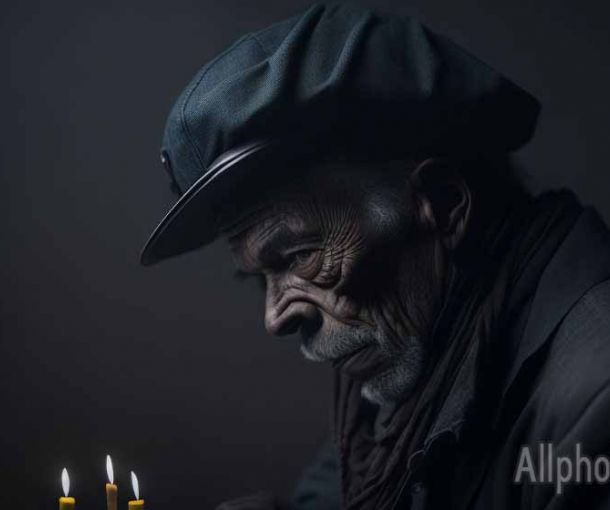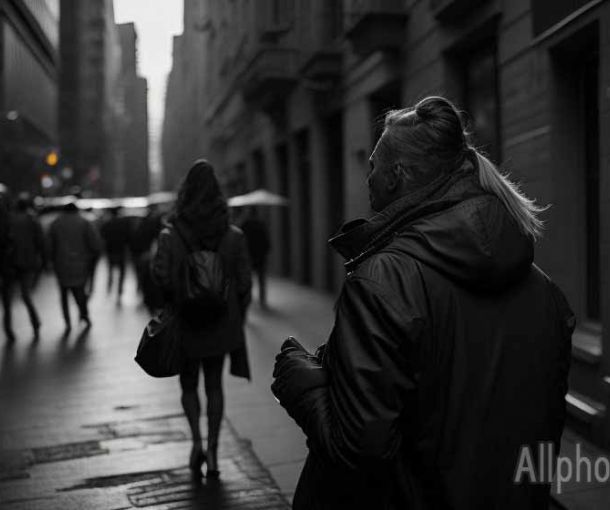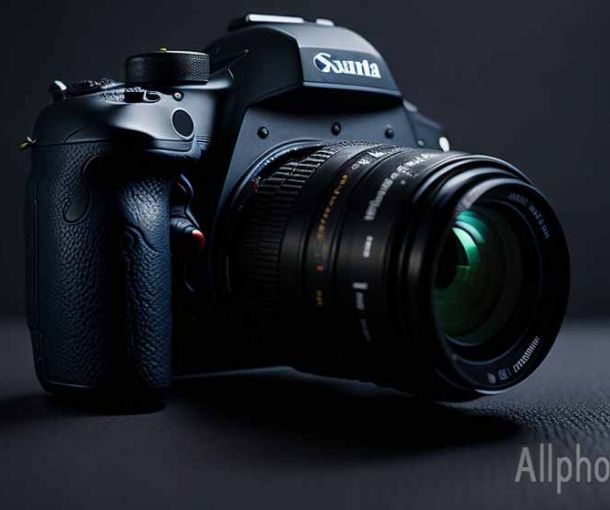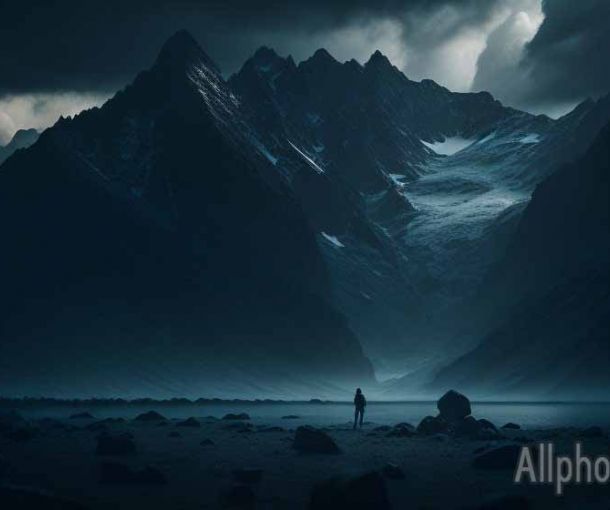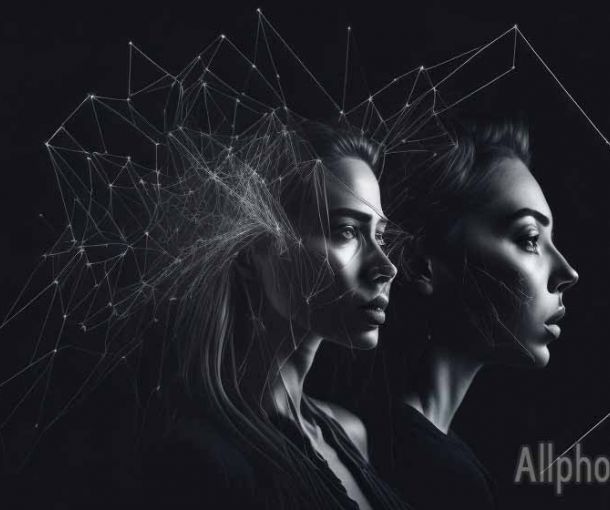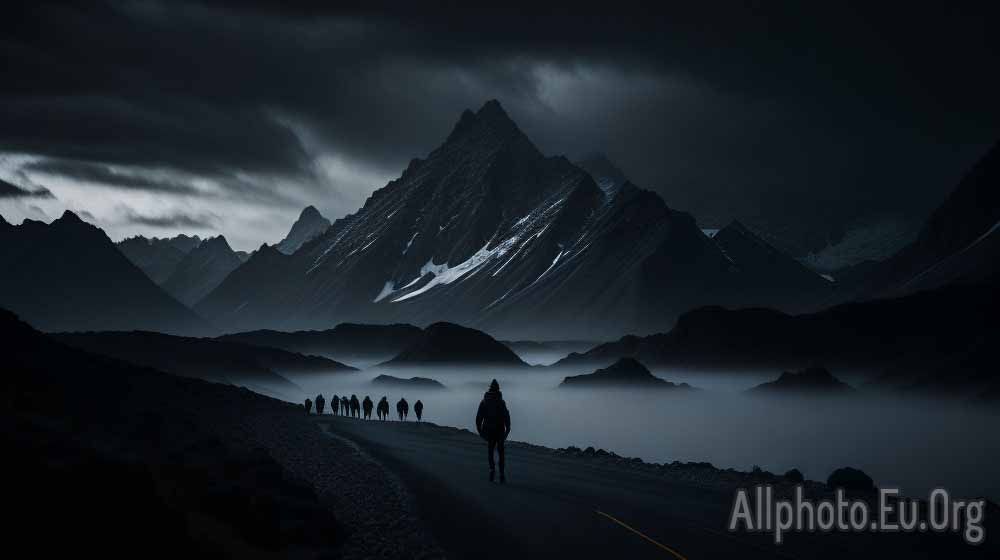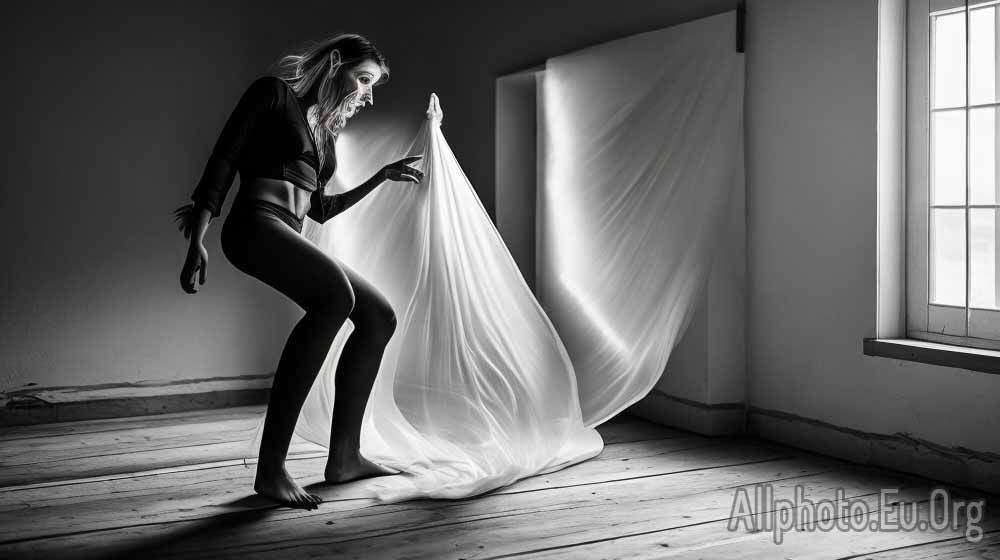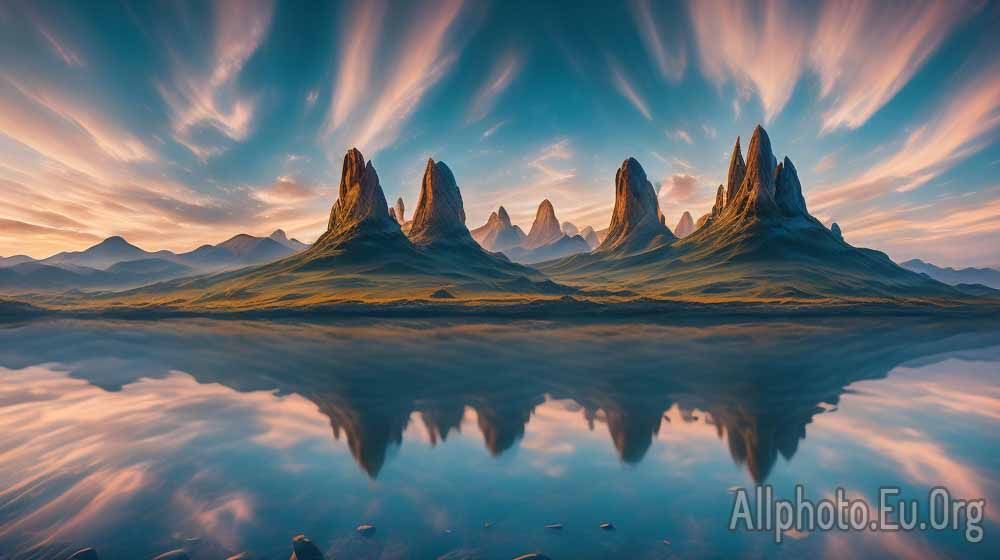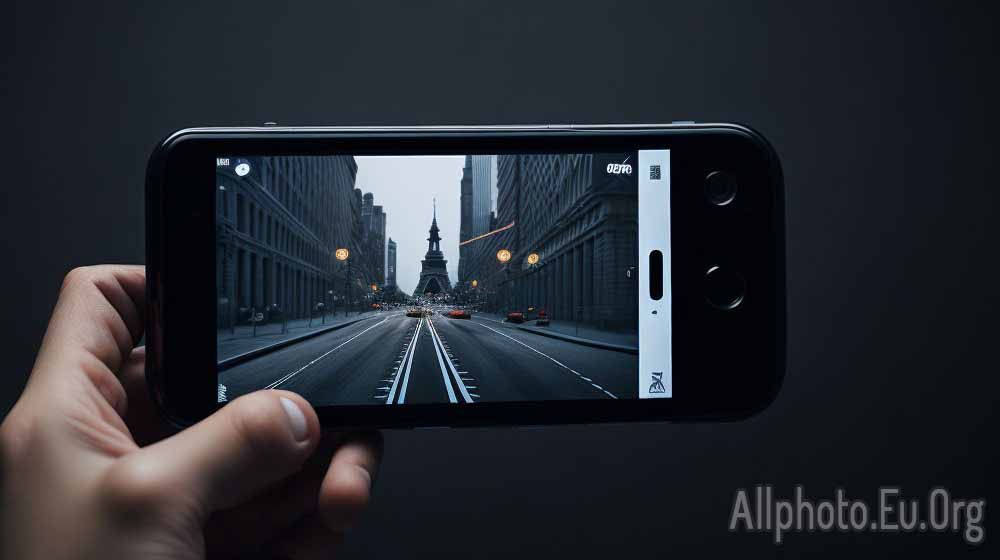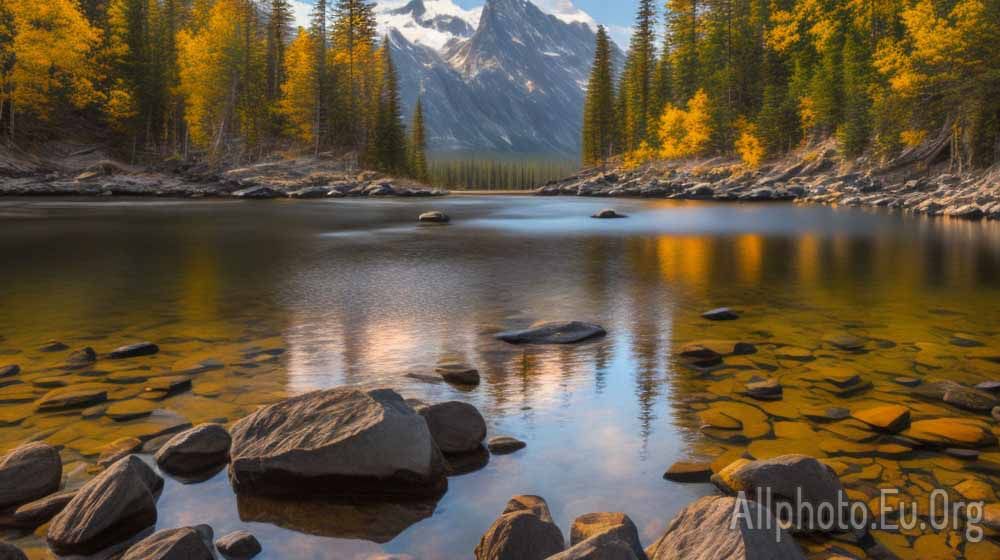Creating Artistic Photos with Creative Filters
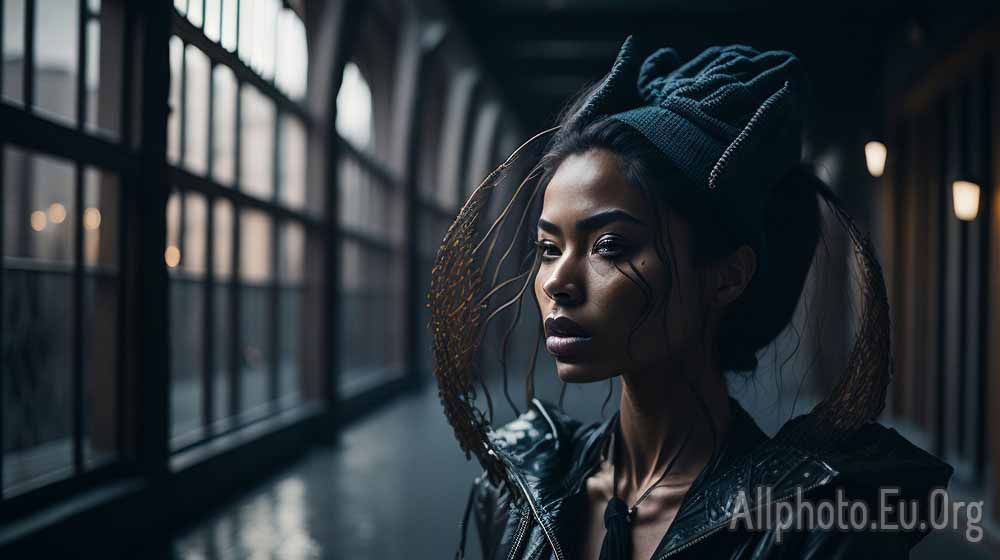
Are you tired of taking the same old photos with your smartphone or camera? Do you want to add some artistic flair to your pictures? Well, you're in luck because creative filters can help you achieve just that!
Creative filters are digital effects that can be applied to photos to alter their appearance. They can be used to enhance colors, create unique textures, add bokeh, and more. With the right filter, you can transform an ordinary photo into a work of art. In this article, we'll take a closer look at creative filters and how you can use them to create stunning photos.
-
Understanding Creative Filters
Creative filters are software applications or physical accessories that can be attached to a camera lens to modify the image captured by the sensor. These filters work by changing the way light enters the camera lens, which alters the final image's appearance. For example, a filter may enhance the contrast or saturation of colors, add a soft focus or vignette effect, or create a unique texture on the image.
Some creative filters can be applied digitally using photo editing software like Adobe Photoshop, Lightroom, or other third-party apps. These software programs offer a wide range of filters that can be applied to your images with just a few clicks. Other filters are physical accessories that can be attached to the camera lens directly. These filters come in different shapes, sizes, and materials to create different effects.
-
Types of Creative Filters
There are many types of creative filters available, each with a unique effect. Here are some of the most popular filters:
- Polarizing Filters: These filters are used to reduce reflections and glare from non-metallic surfaces like water, glass, or foliage. They also help to enhance colors and contrast in the image.
- Neutral Density Filters: These filters are used to reduce the amount of light entering the camera lens, allowing you to use a slower shutter speed or wider aperture. This effect can be used to create motion blur or to achieve a shallow depth of field in bright daylight.
- Graduated Neutral Density Filters: These filters are used to balance the exposure of the image when shooting landscapes or other scenes with high contrast. They are designed with a gradual transition from dark to clear, allowing you to darken the sky or other bright areas without affecting the darker areas of the image.
- Color Filters: These filters are used to alter the colors of the image by blocking certain wavelengths of light. For example, a red filter will block blue and green light, making the reds appear more vibrant.
- Special Effects Filters: These filters are designed to create unique effects like starbursts, vignettes, or soft focus. They can be used to add drama or mood to your images.
- Using Creative Filters
Using creative filters can be as simple or complex as you want it to be. Here are some tips to help you get started:
- Choose the right filter for the effect you want to achieve. Research different filters and experiment with them to find the right one for your photo.
- Use a tripod to keep the camera steady, especially when using neutral density filters or other filters that require a slower shutter speed.
- Adjust the exposure settings on your camera to compensate for the filter's effect. Some filters may reduce the amount of light entering the camera, so you may need to adjust the ISO, shutter speed, or aperture to maintain the correct exposure.
- Shoot in RAW format if possible. RAW files contain more information and allow for more flexibility when editing the image later.
- Use photo editing software to fine-tune the image after applying the filter. Adjust the brightness, contrast, saturation, and other settings to enhance the filter's effect further.
- Conclusion
Creative filters are a fun and easy way to add artistic flair to your photos.
Whether you choose to use physical filters or digital filters, the key is to experiment and have fun. Don't be afraid to try new things and push the boundaries of what is possible with filters.
With the right filter, you can transform a mundane scene into something extraordinary. A simple color filter can make the sunset look more vibrant and dramatic, while a neutral density filter can create a dreamy, soft-focus effect for a portrait. The possibilities are endless.
In conclusion, creative filters are an essential tool for photographers looking to add some artistic flair to their photos. By understanding the different types of filters and how to use them, you can take your photography to the next level. So, grab your camera and some filters, and start creating some stunning, artistic photos!
Tags
Latest Articles
Most Read
All Tags
Subscribe
Donate
Please consider supporting our efforts.
© 2023 All-Photo.Cf All rights reserved.
